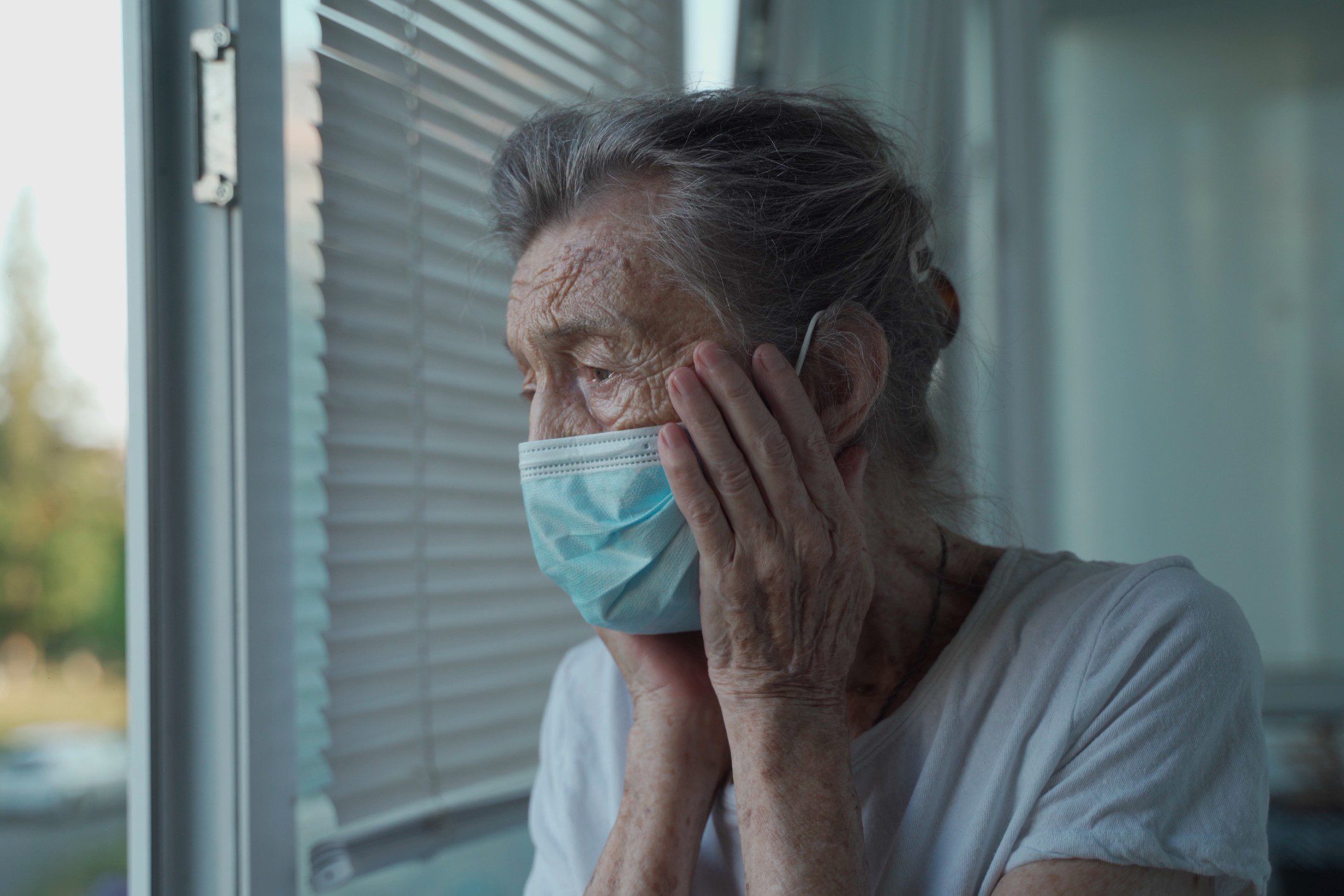
An independent review of Australia’s response to the COVID-19 pandemic has found that older Australians should have been better protected against the virus, as “fault lines” within the health and aged care sector were painfully exposed.
Fault Lines: An independent review into Australia’s response revealed that Australia’s aged care residents and frontline workers bore the brunt of the pandemic, as the burden of the COVID-19 response was unequally distributed and poor planning led to widespread outbreaks.
Protecting Australia’s most vulnerable generation was one of four key areas identified where Australia “should have done better”, alongside fairer economic supports, fewer lockdowns and border closures, and ensuring that schools stayed open.
The review found that COVID-19 only increased the pressure on an aged care system that “depersonalises older people” and was already struggling due to inadequate funding and a stretched workforce.
The review was led by former public servant Peter Shergold, an academic and company director. Mr Shergold has detailed history in the position, having led reviews on education and refugee integration in Australia.
He said the review’s outcomes are not intended to apply a sense of blame, but instead can be used to recognise and address societal fault lines.
“I think the single biggest failure was not sufficiently planning at the start for the fault lines in society,” Mr Shergold said.
“Those who are disadvantaged, vulnerable, we knew in a sense who they would be.
“I cannot say to you with my hand on my heart that two years ago I would have made different decisions or given different advice.
“What I can say now, looking back, is that we can see things we did get wrong… we could have done better in meeting the needs of elderly people in residential aged care communities.”
The review also highlighted concerns about the handling of COVID-19 cases, as it said denying older people the opportunity to go to hospital when they contracted COVID-19 “was a mistake that cost lives”.
This is despite the review stating that residential aged care facilities are not “designed nor intended to have infection-control standards of hospitals” yet Government policies appear to “reflect a perception that aged care homes were institutionalised health care facilities”.
Consultations with aged care and health experts suggested the swift transfer of residents to hospital would have lowered the spread of infection and deaths within nursing homes.
Ultimately, more than 75% of 2020’s COVID-19 deaths occurred in aged care settings as a result.
The review did find that the vaccination rollout proved to slow those numbers, although Australia recently passed 4,000 aged care COVID-19 deaths in September as restrictions have eased.
Improved communication between governments and facilities could have avoided “unnecessary pain and distress” as visitor restrictions were extended well past outbreaks.
The review also found there was no recognition of the anxiety and distress felt by families and residents due to restrictions placed on aged care facilities.
Meanwhile, Australians learnt that some of the most essential workers are the lowest paid, including health and aged care workers and retail staff, who “received little compensation” despite facing regular health risks and abuse.
Mr Shergold said if Australia is to handle a national pandemic correctly it needs to put those fault lines first and foremost in mind from the start.
The review calls on the Government to improve its response to the next health crisis through a range of measures.
These recommendations include strengthening and regularly testing pandemic response plans, establishing a new expert body on public health and providing greater transparency in Government decision-making.
The establishment of an Australian Centre for Disease Control (CDC) is one outcome that will occur due to COVID-19, which will provide ongoing pandemic preparedness in the future.
Conducted over a six-month period, the Fault Lines review was led by Mr Shergold and funded by the Paul Ramsay Foundation, the Minderoo Foundation, and the John and Myriam Wylie Foundation.
Over 360 consultations and public submissions were assessed and analysed to determine whether the best measures against COVID-19 were put in place.
To view the full independent report, head to the Paul Ramsey Foundation website.